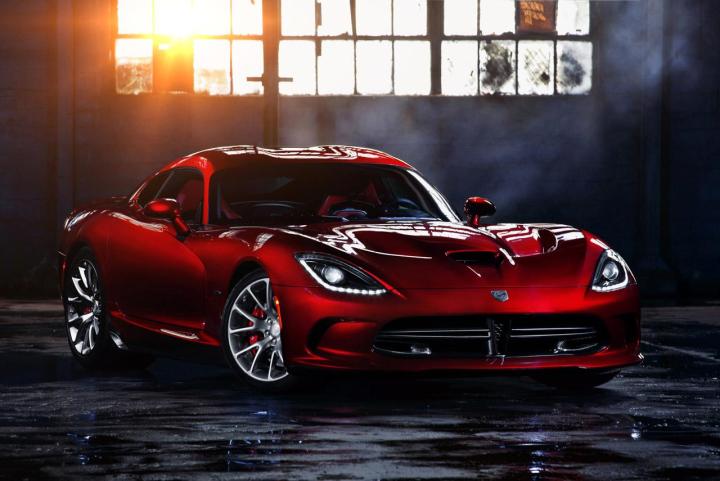
Strangely enough, it appears there are fewer people in the American-built supercar market than Chrysler had thought. Accordingly, Chrysler has cut SRT Viper production by a third.
The company’s Conner Avenue Assembly Plant in Detroit will go from building nine Vipers a day to just six and the extra workers will be reassigned to other Chrysler plants, Automotive News (sub. required) reports.
Slow sales, a growing inventory, and the onset of cold weather were factors in the decision.
The Viper was completely redesigned for the 2013 model year, but difficulties in achieving internal quality standards delayed the car’s arrival in dealerships. Chrysler had hoped to start shipping cars late last year, but the first Vipers weren’t sent to dealers until April 2013, according to SRT chief Raplh Gilles.
Production was originally to be limited to 2,000 units per year. Chrysler built 805 Vipers for the 2013 model year. Vipers currently coming off the production line are now market as 2014 models.
Since the first sale was recorded in February, Chrysler has sold 426 Vipers in the United States. This doesn’t sound so bad until you learn that dealers have another 565 currently in stock. That equates to a 289-day supply of unsold cars. Yipes.
Gilles said the company has received 2,000 dealer and customer orders for the Viper this year. Orders do the company no good, though, if it can’t get rid of its current inventory.
With snowy weather approaching, the Viper will probably loose what little sales momentum it had gained during the summer months. With a 640 horsepower, 8.4-liter V10 and rear-wheel drive, it’s not an ideal winter car.
Unless, that is, you live in Florida.
SRT will reportedly visit dealers in the Southeast – where much of the unsold Viper inventory is located – and offer test drives in factory-owned cars. Dealers are often reluctant to let customers drive cars from their own stock.
Considering the 2014 Viper’s base price of $104,480, that’s understandable. Dealers are also asked to pay a $25,000 fee and undergo special training to sell the car.
Past Vipers have always been an acquired taste. As, you know, they’d set themselves on fire and such.
Viper, formerly under the Dodge moniker, has long been known for its no-nonsense, sharp-edge character. It had all of the performance of European exotics, but none of the luxury. Like a snake, they would bite if you weren’t careful.
The redesigned 2013 Viper was supposed to keep that edge while making things a little more bearable for the owner. Electronic stability control is now standard (thanks to a federal mandate) and the interior is supposed to bring the Viper up to the standards of comparable cars from Ferrari and Porsche. Has it worked? Well, if sales are any indication, it hasn’t.


